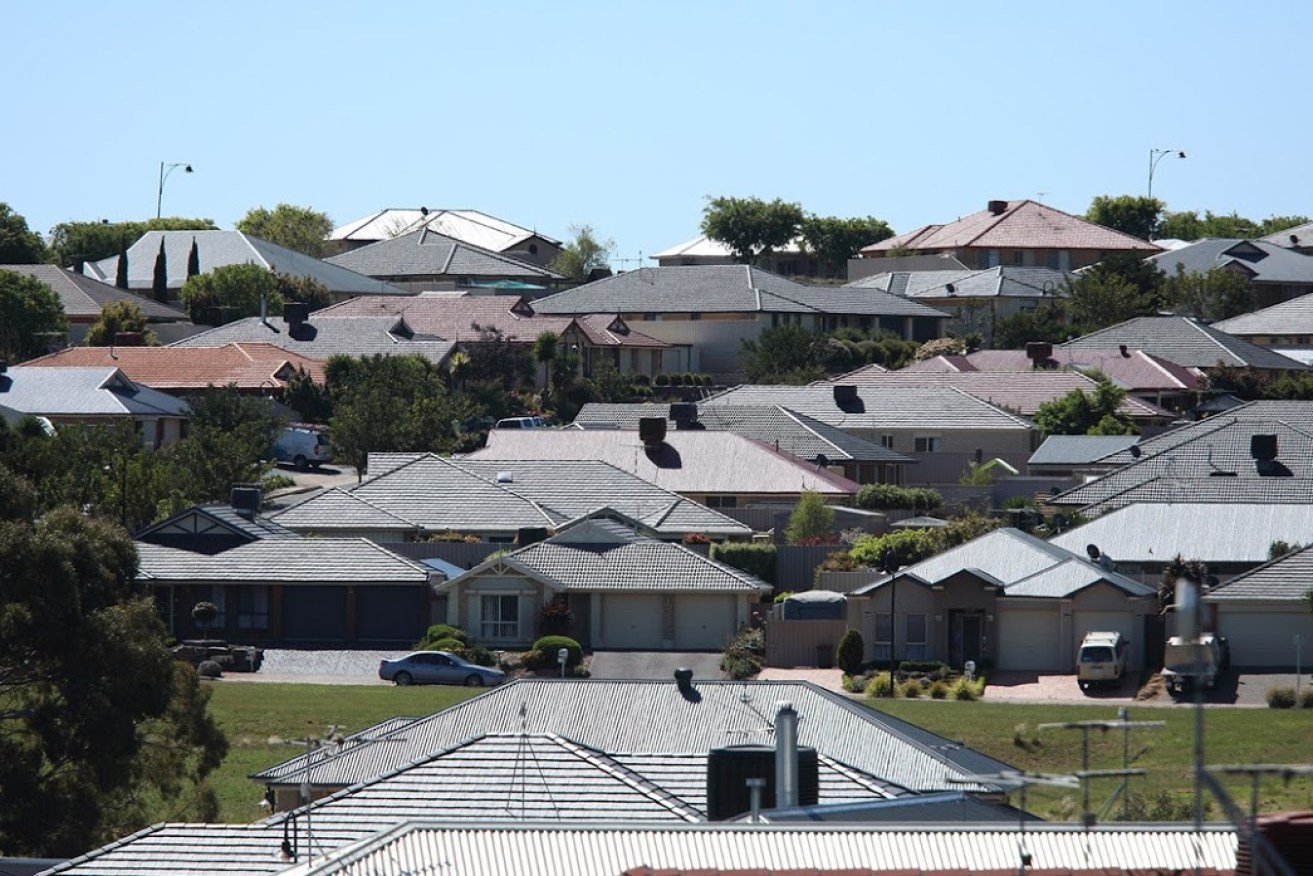
Does “build-to-rent” offer a solution to housing affordability for a generation of smashed avo-eating renters?
The concept of owning a home is an unattainable goal for many young Australians in an economic climate associated with widespread wage stagnation and high property prices. The build-to-rent model offers a possible solution to ease demand in property investment and reduce property prices so that renting does not become the norm for smashed avo eating younger Australians who look destined to become a generation of renters.

The nascent industry of “build-to-rent” has been gathering pace in the UK, US, Japan and parts of Europe and has an important role to play in the housing supply equation. The build-to-rent model is structured such that developers or institutional investors retain control and ownership of completed housing projects, renting them out rather than selling to investors and owner-occupiers.
The build-to-rent sector in Australia is still in an embryonic state and has been perceived by many property experts and industry groups as offering a promising and realistic solution to resolving the issue of housing affordability. In South Australia’s case, build-to-rent could assist with driving development and growth in the property industry (the state’s largest private sector employer), reducing urban sprawl and stimulating population growth within the Adelaide CBD to make for a more vibrant, bustling and revitalised city.
The model may also relieve pressure for the social and private rental sectors (as has proven to be the case in the UK) in an economic environment where social housing systems are shrinking, home ownership is falling (with almost one third of Australians in the rental market), wages are stagnating and population is increasing. The model has a number of perceived advantages for tenants in that the developments could be undertaken with high levels of tenant amenities and tenant services and lease flexibility.
Build-to-rent is one of the few emerging real estate sectors with the potential to create scale and growth in an important sector of our economy while also having the potential to resolve our housing affordability problem, offering better quality housing options for younger Australians who make up a generation of renters and resolving issues with homelessness. So why the delay? How do we get this moving?
The impetus for growth in this sector depends to a large extent on government support and for the policy-makers to drive, incentivise and encourage institutional investment in the sector through prudent policy initiatives and appropriate tax settings. For example, in the UK, before the sector experienced growth, the government took the lead by offering support to the sector through bridged finance to developers.
For developers, taxes remain the most challenging obstacle to the viability of build-to-rent schemes. Land tax reduces yields (in circumstances where residential yields have been traditionally lower than yields derived from commercial property with the gap stated by pundits to be narrowing) and may potentially make large-scale residential developments (with the developer or investor to retain ownership) uneconomic.
Recent reforms by the Federal Government have demonstrated strong support and momentum for the build-to-rent sector. Specifically, the then treasurer, Scott Morrison, released the Treasury Laws Amendment (Making Sure Foreign Investors Pay Their Fair Share of Tax and Other Measures) Bill 2018 which allows Management Investment Trusts to invest in residential housing that is held primarily for rent. This is a promising initiative to encourage institutional investment in the structure which has real potential to assist the nascent build-to-rent sector in Australia develop and to increase rental housing supply and expand the range of housing options for renting households. However, the main barriers to growth appear to be the capital gains tax regime and negative gearing with these popular tax concessions flowing through predominately to benefit individual investors and self-managed super funds. Other barriers include planning concerns and uncertainty surrounding legalisation.
President of the Property Council of Australia (SA Division), Steve Maras, believes the build-to-rent model has significant potential to resolve housing affordability issues and that there is an increasing appetite for the model in the eastern states, particularly Sydney and Melbourne, where there are escalating concerns regarding housing affordability. Mr Maras stated that in order for the model to work in South Australia, the legislature will need to offer tax incentives to encourage the emergence of this new asset class. In addition, he stated that the residential tenancies legislative framework should be revised to facilitate the emergence of the model to deliver greater security of tenure over extended periods and encourage longer term rentals which may potentially translate in residential leasehold interests having a unique proprietary, economic and intrinsic value.
Further, he suggests these reforms are essential in order for the model to become a bankable concept for lenders who have significant regard to the WALE (weighted average lease expiry), projected income and interest rate cover in determining the financial feasibility of a project. In concluding, Mr Maras stated that:
“The build-to-rent has the propensity to deliver great outcomes which may accommodate the needs and demands of many Australians and is a concept that should be supported by the South Australian and Federal governments as the impetus for the model to emerge will depend on government policy, incentives and intervention”.
Perhaps it is time for the SA Government to consider the perceived advantages of attracting a build-to-rent model to South Australia and to promulgate its support for the emergence of this new model by offering concessions to density under planning laws, tax incentives including changes to land tax, long-term leasing arrangements of state land, introducing appropriate reforms to residential tenancy laws and helping to ensure long-term funding options are available to the sector.
Adam Rinaldi is a Partner at Piper Alderman.




